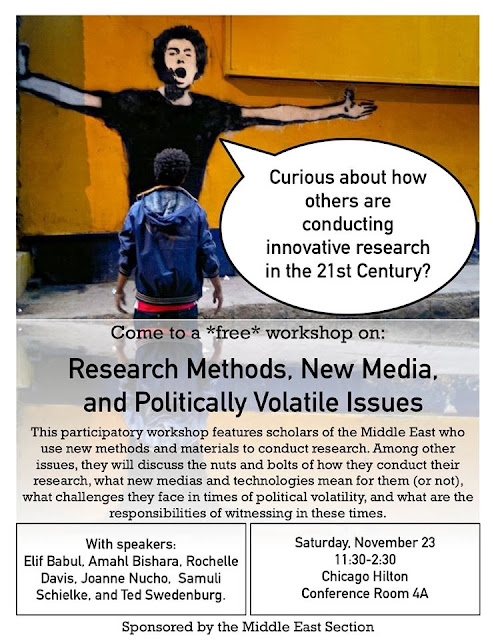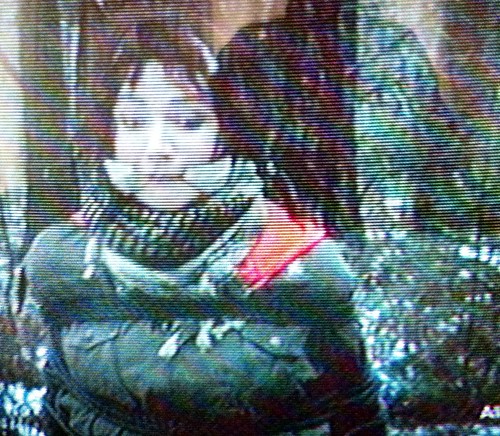The Center for a Public Anthropology (based at the University of Hawaii and run by Dr. Robert Borofsky) recently released a study of social science faculty media impact at public universities. The aim, as Borofsky stated, was to permit the public to assess “the degree to which those who draw on public funding participate in public conversations in return.”
The project involved using the Google News archive from 2006 to 2011 to find how many times faculty members were cited in any of 6,000 news sources, and then dividing the average number of citations for a school by the percentage of National Science Foundation funding the institution received. Schools then were ranked and, within schools, the political science, anthropology, psychology, economics and sociology departments were also ranked using the same system.
As reported in the University of Arkansas Newswire on October 11, 2013, the University of Arkansas social scientists ranked 5th in the country, out of 94 research universities, behind Rice University, Southern Methodist University, the Massachusetts Institute of Technology, and the University of Texas, San Antonio.
As is typical in such cases, the top three faculty at the University of Arkansas were named in the Newswire: Janine Parry and Andrew Dowdle from political science and my colleague Peter Ungar from anthropology. Among departments at the University of Arkansas, political science ranked #1. Anthropology ranked #2.
Curious, I decided to dig a little deeper, and discovered this:
Yep, I was number 4. I didn't make the headlines. Of course, I did have a lot fewer cites than the top 3, but 50% more than the numbers 5 and 6.
It's not that I really care about such things (well, that's not entirely true, if this ranking helped me get a larger merit raise that would be great). The point for calling attention to it is (1) because who else will, since I missed the top three cut-off (the tyranny of trinitological thinking!) and (2) my citations are in all likelihood due to this blog; the fact that I display here my obsession with kufiyas; and that during 2007-2008 there was a "kufiya craze" and a fair amount of media attention to the phenomenon. I was interviewed by various media reporters about the kufiya, most notably in the New York Times.
There is no lesson here, or at least, there is no "model" for anyone who wants a similar amount of media attention so they can impress their college dean. The media attention was really quite random. Moreover, the NSF funding that also factors into the equation has nothing to do with me. Most of it, when it comes to my university, is probably from my anthropology colleagues, especially those in Biological Science. There is no direct line between NSF funding and media impact with an impact on the public.
The project involved using the Google News archive from 2006 to 2011 to find how many times faculty members were cited in any of 6,000 news sources, and then dividing the average number of citations for a school by the percentage of National Science Foundation funding the institution received. Schools then were ranked and, within schools, the political science, anthropology, psychology, economics and sociology departments were also ranked using the same system.
As reported in the University of Arkansas Newswire on October 11, 2013, the University of Arkansas social scientists ranked 5th in the country, out of 94 research universities, behind Rice University, Southern Methodist University, the Massachusetts Institute of Technology, and the University of Texas, San Antonio.
As is typical in such cases, the top three faculty at the University of Arkansas were named in the Newswire: Janine Parry and Andrew Dowdle from political science and my colleague Peter Ungar from anthropology. Among departments at the University of Arkansas, political science ranked #1. Anthropology ranked #2.
Curious, I decided to dig a little deeper, and discovered this:
Yep, I was number 4. I didn't make the headlines. Of course, I did have a lot fewer cites than the top 3, but 50% more than the numbers 5 and 6.
It's not that I really care about such things (well, that's not entirely true, if this ranking helped me get a larger merit raise that would be great). The point for calling attention to it is (1) because who else will, since I missed the top three cut-off (the tyranny of trinitological thinking!) and (2) my citations are in all likelihood due to this blog; the fact that I display here my obsession with kufiyas; and that during 2007-2008 there was a "kufiya craze" and a fair amount of media attention to the phenomenon. I was interviewed by various media reporters about the kufiya, most notably in the New York Times.
There is no lesson here, or at least, there is no "model" for anyone who wants a similar amount of media attention so they can impress their college dean. The media attention was really quite random. Moreover, the NSF funding that also factors into the equation has nothing to do with me. Most of it, when it comes to my university, is probably from my anthropology colleagues, especially those in Biological Science. There is no direct line between NSF funding and media impact with an impact on the public.


























